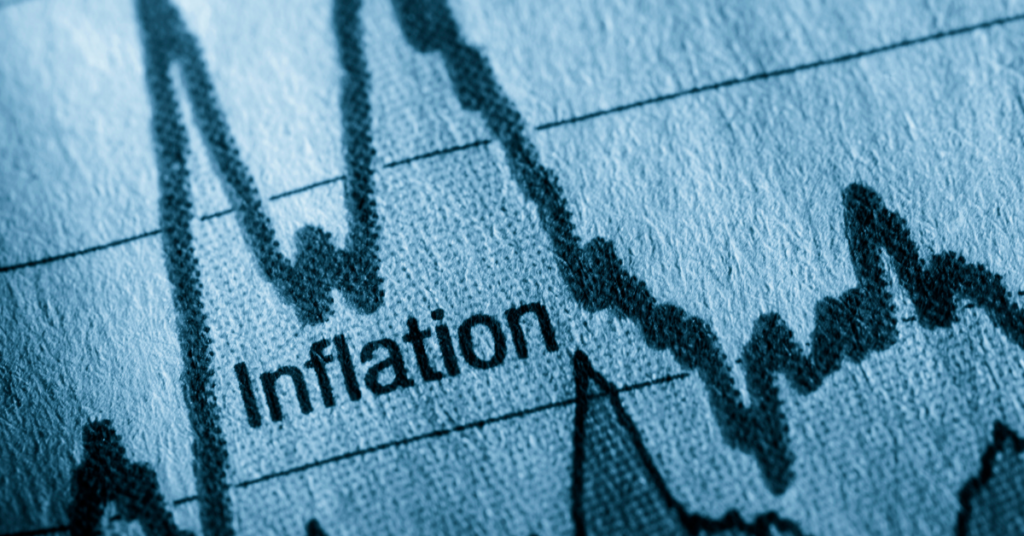In Australia’s dynamic property market, the Reserve Bank of Australia’s (RBA) recent choice to keep the cash rate unchanged at 4.35% is a critical development for potential homeowners, investors, and developers. This decision occurs amidst a volatile backdrop of economic indicators affecting mortgage rates and consumer behaviour.
With inflation slightly exceeding the RBA’s target and labour market conditions softening, the potential effects on the property sector are extensive. This overview will illuminate how this decision affects housing affordability, borrowing costs, and regional market trends, providing valuable insights into future investment opportunities and challenges.
Key Economic Indicators and RBA’s Decision
Inflation and Economic Growth Patterns in Australian Property Market

Central to the RBA’s strategies are Australia’s inflation and growth trajectories. In Q2 2024, the Consumer Price Index (CPI) climbed by 1.0%, raising annual inflation to 3.9%, beyond the RBA’s 2-3% target. Such figures indicate ongoing inflationary pressures. Concurrently, GDP growth slowed to 0.2% in the same quarter.
While inflation remains a key issue, sluggish growth presents a demanding scenario for policymakers aiming to stabilize prices while fostering economic vitality. The delicate equilibrium between these dynamics is crucial, impacting borrowing costs, consumer confidence, and consequently, the property market’s direction.
Employment Trends and Economic Implications
Australia’s labour market sends mixed signals crucial to the RBA’s policy framework. As of July 2024, unemployment nudged up to 4.2%, within the RBA’s full employment range. This rise might hint at initial economic stress but could also mitigate some inflationary pressures by tempering wage growth.
The complex relationship between employment figures and inflation requires careful RBA management to maintain price stability and employment. Such shifts directly influence household income and borrowing power, shaping the property market’s affordability and demand dynamics.
Influence of Global Tensions

Global geopolitical tensions heavily impact Australia’s economy, notably between the U.S. and China. These strains challenge trade stability, generating uncertainties that ripple through domestic markets and affect business investments.
For Australia, reliant on trade, these disruptions could influence key sectors like mining and agriculture. The RBA must consider these external dynamics as they indirectly shape domestic economic conditions and inflation. Persisting global tensions could lead to cautious investor behaviours, potentially slowing capital movements in the property market. Navigating these complexities demands policymakers balance international and local factors to ensure market stability.
Effects on the Property Market
Impact on Mortgage Rates and Consumer Behavior
Rates on mortgages, which are essential for consumer spending, are directly impacted by the Reserve Bank of Australia’s decision to maintain the cash rate at 4.35%. Potential purchasers carefully reevaluate affordability in light of the rate of 4.35%, which keeps borrowing expenses high in comparison to historical standards.
Higher mortgage rates generally equate to less disposable household income, potentially reducing expenditure on non-essential items and affecting the wider economy. Thus, the current rate could lead to slower housing demand and moderated price growth, especially in areas where affordability is a challenge.

Regional Dynamics in Property Trends
Australia’s property market is marked by significant regional variations, each reflecting unique economic conditions and demand factors. Cities like Perth and Adelaide are outperforming the national average, driven by strong demand and economic initiatives.
Meanwhile, traditional powerhouses like Sydney and Melbourne exhibit subdued growth. For investors and buyers, understanding these regional dynamics is vital, as varying growth rates reveal diverse investment opportunities across Australia’s property landscape.
Auction Activity and Buyer Demand
Despite rising interest rates, auction clearance rates remain vigorous, showcasing robust buyer demand. As of mid-2024, rates were around 70%, indicating significant buyer interest even amidst economic uncertainties. This resilience may wane if borrowing costs rise, complicating financing for some buyers.
For now, auction strength underlines market resilience, but future buyer behaviour and auction results will be influenced by changing economic climates and policy shifts.
Housing Prices and Rental Yields

Housing prices and rental yields have both experienced increases across the board, with Perth and Adelaide leading the way. In July and August, median house prices rose by 1.5% in Perth and 1.2% in Adelaide, while rental yields also saw significant growth, with Perth leading at 0.6% followed by Adelaide at 0.5%. Sydney and Melbourne experienced more moderate increases in both housing prices and rental yields.
Supply and Demand Considerations
Housing shortage and construction trends
Australia faces a pronounced housing shortage aggravated by inadequate construction activity. Currently, the shortfall is around 120,000 dwellings, projected to grow if trends continue. This shortage, driven by population growth and stalled construction approvals, inflates property prices and rental yields, complicating affordability.
Addressing this imbalance requires enhanced construction activity and supportive policies to meet increasing housing demand.

Investor Sentiment and Market Outlook
Investor sentiment remains cautiously optimistic following the RBA’s decision. While rate hikes introduce uncertainties, recent price increases boost investor confidence. However, rising borrowing costs may dampen enthusiasm, particularly for those leveraging debt.
Despite this, experts affirm strong long-term prospects for the property market, fueled by enduring supply-demand imbalances. Investors are encouraged to stay vigilant, adapting strategies to capitalize on market trends.
Final Thoughts: Navigating the Real Estate Market with Confidence
By understanding these key indicators and their interplay, you can gain a deeper appreciation for the dynamics of the real estate market. The statistics from the report paint a picture of a market that’s still robust overall but showing signs of cooling in some areas.
Whether you’re an investor, a homebuyer, or simply curious about the housing landscape, these metrics offer valuable insights that can help you make informed decisions.
Contact us and let’s start the property investment journey together.
Read More: The Ultimate Guide to Successfully Starting Your Investment Property Journey
Frequently Asked Questions (FAQs)
Q. What is the RBA cash rate in September 2024?
The RBA cash rate in September 2024 is 4.35%. This rate has been maintained since November 2023, reflecting the Reserve Bank of Australia’s strategy to manage inflation and support economic stability amidst ongoing challenges in the housing market.




